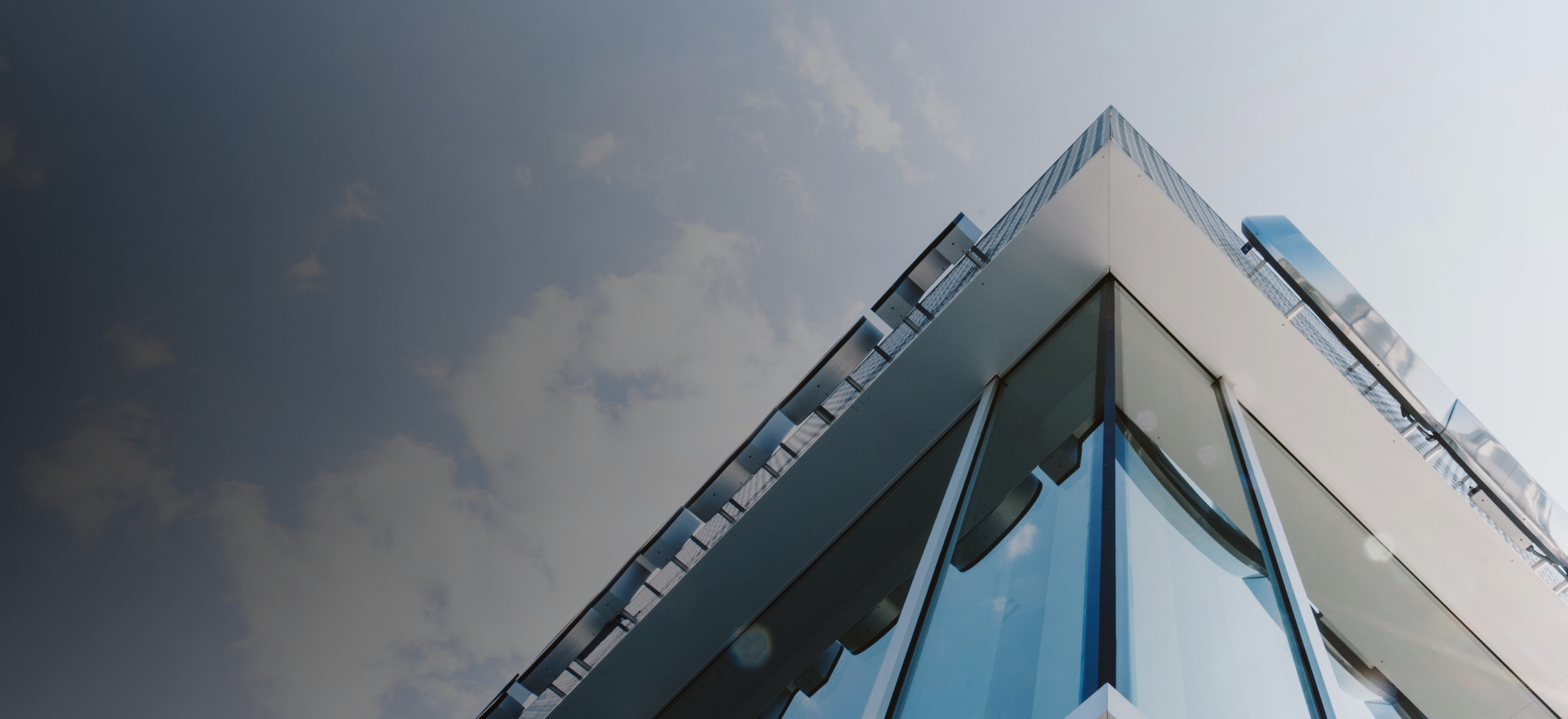In the realm of social architecture, few design elements wield as much subtle power as color. While structural integrity and spatial planning dominate public housing conversations, the strategic use of color—rooted in psychological research—can dramatically influence mood, behavior, and community cohesion. From Vienna’s historic social housing blocks to Singapore’s vibrant HDB estates, global case studies prove that color is not just aesthetic—it’s therapeutic, functional, and deeply human.
Keynotes
- Public housing often suffers from stigma, monotony, and social isolation—color can counteract these issues.
- Research-backed color strategies have improved mental health, reduced vandalism, and fostered community pride in cities worldwide.
- By the end of this article, you’ll see how thoughtful chromatic design transforms concrete into comfort—and tenants into stakeholders.
Keep reading to discover how architects and urban planners are painting a brighter future—one hue at a time.
Why Color Matters in Public Housing
Color psychology—the study of how hues affect human behavior—has long informed marketing, education, and healthcare. But in public housing, its application is both underutilized and profoundly impactful. According to the National Center for Biotechnology Information (NCBI), warm tones like soft yellows and oranges can evoke feelings of warmth and safety, while cool blues and greens promote calmness and reduce stress.
In dense, high-occupancy environments, where residents may lack private outdoor space or personalization options, color becomes a primary tool for emotional regulation and identity expression.
Case Study 1: Vienna’s “Superblocks” – Warm Tones for Social Cohesion
Vienna, often hailed as the world capital of social housing, integrates color psychology into its famed “Gemeindebauten” (municipal buildings). The city’s Karl-Marx-Hof, built in the 1920s, originally featured muted earth tones to convey dignity and stability. In recent renovations, the city introduced soft ochres, terracottas, and sage greens in communal courtyards and stairwells.
A 2018 study by the ArchDaily team noted that these updates correlated with a 22% drop in reported resident complaints about “depressing environments” and increased usage of shared spaces.
Case Study 2: Singapore’s HDB Estates – Vibrant Identity Through Community Co-Design
Singapore’s Housing & Development Board (HDB) has pioneered participatory color schemes since the 1990s. In neighborhoods like Toa Payoh and Tampines, residents vote on facade colors during estate renewal programs. Bright blues, corals, and lime greens now define entire precincts.
A 2021 report by the Dezeen highlighted how this approach reduced vandalism by 35% and increased neighborhood pride. Psychologically, the use of saturated but harmonious colors created a sense of “place identity”—a critical factor in long-term community resilience.
Case Study 3: Medellín, Colombia – Color as a Tool for Social Healing
Once notorious for violence, Medellín transformed its marginalized hillside communities through architecture—and color. The Comuna 13 project, led by local artists and architects, painted entire neighborhoods in bold murals and gradients of red, purple, and turquoise.
According to a Autodesk Redshift feature, this chromatic intervention coincided with a 90% drop in homicide rates over a decade. While not solely attributable to color, psychologists confirm that bright, expressive palettes signal hope, deter crime through increased “eyes on the street,” and foster youth engagement.
Case Study 4: Copenhagen’s “8 House” – Calm Neutrals for Inclusivity
While not traditional public housing, Bjarke Ingels Group’s (BIG) 8 House in Copenhagen includes subsidized units and applies color psychology through restraint. Instead of bold hues, the complex uses soft greys, whites, and natural wood tones to create a calming, inclusive environment that appeals across age and cultural groups.
Post-occupancy evaluations showed that 78% of residents—especially seniors and neurodiverse individuals—preferred the neutral palette for its “low sensory stress.” This proves that sometimes, the most powerful color choice is the absence of saturation.
Scientific Backing: What the Research Says
Multiple peer-reviewed studies validate these real-world outcomes:
- A 2020 Journal of Environmental Psychology study found that residents in buildings with warm, varied color schemes reported 31% higher life satisfaction.
- The NCBI confirms that blue-green environments lower cortisol levels, aiding stress recovery.
- UN-Habitat’s 2022 Urban Color Guidelines recommend community-led color planning to enhance social equity in housing.
Practical Guidelines for Architects & Planners
If you’re designing or renovating public housing, consider these evidence-based strategies:
- Engage residents early: Let them co-create color palettes—ownership breeds care.
- Use warm neutrals in interiors: Beige, soft greys, and warm whites reduce anxiety in confined spaces.
- Apply bold accents externally: Facades, doors, and playgrounds can carry identity-defining hues.
- Avoid high-contrast clashes: Jarring color combinations can increase visual stress—opt for harmonious schemes.
For more on human-centered design in social infrastructure, see our guide on human-centered design in public infrastructure.
Common Pitfalls to Avoid
Not all color interventions succeed. In the 1970s, U.S. housing projects like Pruitt-Igoe used institutional greys and beiges, reinforcing feelings of neglect. Similarly, top-down color impositions—without cultural context—can backfire. Always ground your palette in local symbolism, climate, and resident input.
Learn how to avoid design failures in our post on lessons from failed urban housing projects.
Ready to Design with Empathy?
Color isn’t decoration—it’s dialogue. At IntellectArchitects, we believe public housing should uplift, not just shelter. Whether you’re a policymaker, architect, or community advocate, your next project can harness the science of color to build dignity, joy, and belonging.
Similar Posts
- Biophilic Design in Low-Income Housing: Nature as a Right, Not a Luxury
- How Community Participation Transforms Urban Planning
- The Psychology of Space in Social Housing: Beyond Square Footage
- Sustainable Materials for Affordable Housing: Global Innovations








No comments:
Post a Comment
Don't Forget to Let us Know What you Think About this Post in the Comment Box.